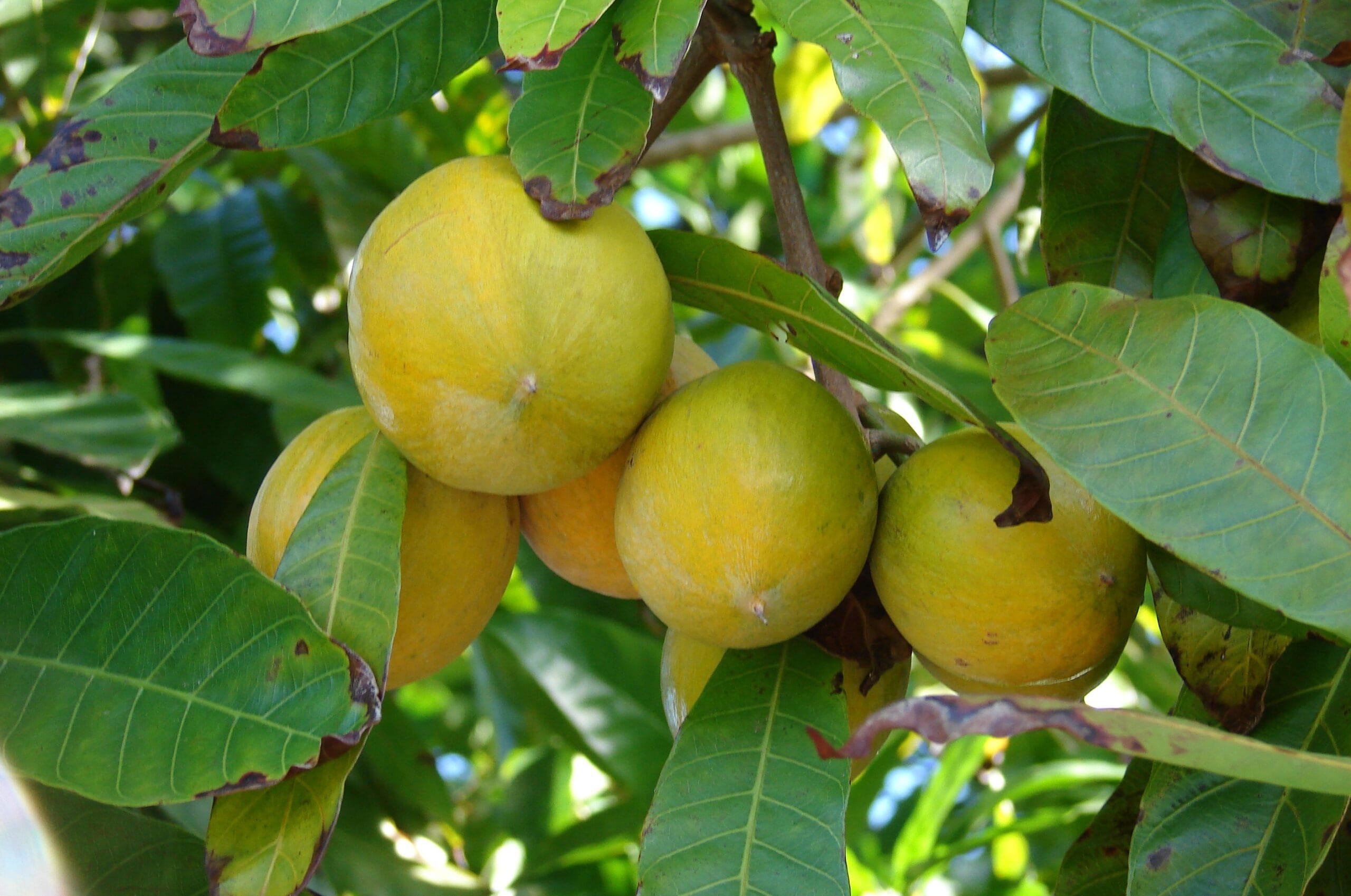Abstract
Tiesa (Pouteria campechiana), commonly known as canistel or eggfruit, is a tropical fruit celebrated for its unique taste, vibrant color, and diverse benefits.
This article delves into the multifaceted benefits of tiesa, exploring its history, characteristics, nutritional benefits, environmental contributions and economic significance.
By understanding tiesa’s remarkable uses and challenges, we can better appreciate this underappreciated gem of the tropics.
Introduction
Tiesa (Pouteria campechiana) is a tropical fruit known for its creamy texture and sweet flavor reminiscent of cooked egg yolk, earning it the nickname “eggfruit.”
This fruit is not only a culinary delight but also a powerhouse of essential nutrients that promote health and well-being.
Packed with vitamins, minerals, and antioxidants, tiesa contributes to eye health, immune support, and digestive efficiency.
Beyond its nutritional value, the tiesa tree plays a significant role in environmental conservation and sustainable agriculture.
Its ability to thrive in warm climates and adapt to various soil types makes it an important crop for tropical regions, offering both ecological and economic benefits.
This article explores the fascinating history and multifaceted advantages of this golden-hued fruit.
History
The tiesa tree, scientifically known as Pouteria campechiana, has a rich history rooted in Central America and Mexico.
It has been cultivated for centuries by indigenous peoples who valued it for its delicious fruit and medicinal properties.
The Mayans and Aztecs were among the earliest to cultivate tiesa, incorporating it into their diets and traditional healing practices.
During the colonial era, tiesa spread across the tropics through trade routes, finding a new home in Southeast Asia, where it became a beloved fruit in countries like the Philippines, Thailand, and Vietnam. Its adaptability to different climates and soils contributed to its widespread cultivation.
Today, tiesa is recognized not only for its historical significance but also for its potential in modern agriculture and nutrition.
Characteristics Of Tiesa
Tiesa is a small to medium-sized tree reaching up to 10 meters in height. It produces oval-shaped fruits with a smooth, glossy skin that ripens to a golden-yellow hue.
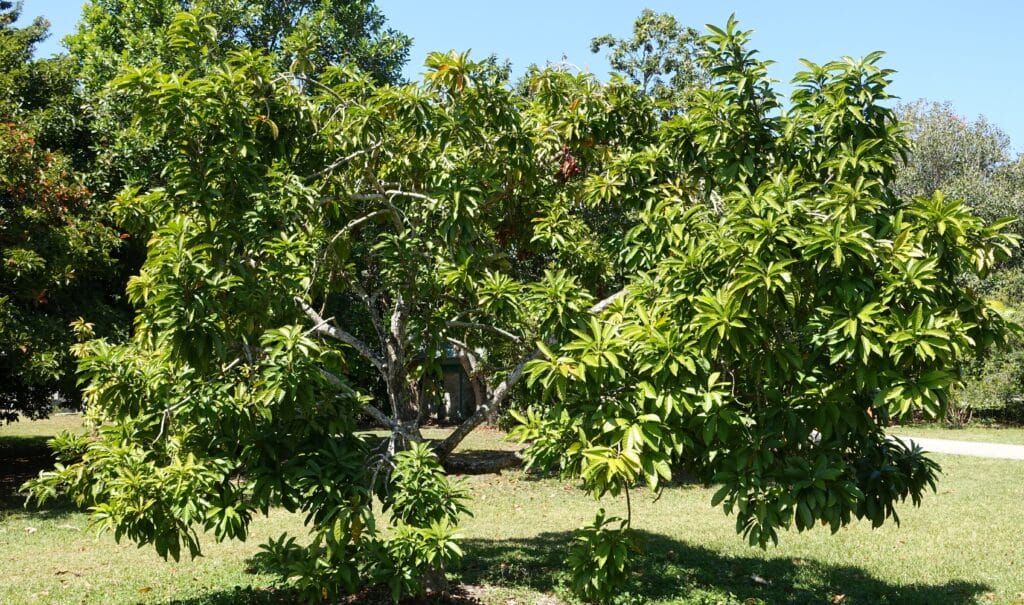
The flesh is dense, creamy, and slightly fibrous, encasing 1-4 large seeds. The tree thrives in warm, tropical climates and is resistant to drought, making it ideal for various agricultural settings.
Environmental Benefits
Tiesa trees contribute significantly to the environment by:
- Carbon Sequestration: Acting as a carbon sink, tiesa trees help mitigate climate change.
- Soil Health: Their roots prevent soil erosion and enhance soil fertility through leaf litter decomposition.
- Biodiversity: The trees provide habitat and food for numerous species of birds and insects.
Benefits Of Tiesa
Here are some of the benefits of Tiesa:
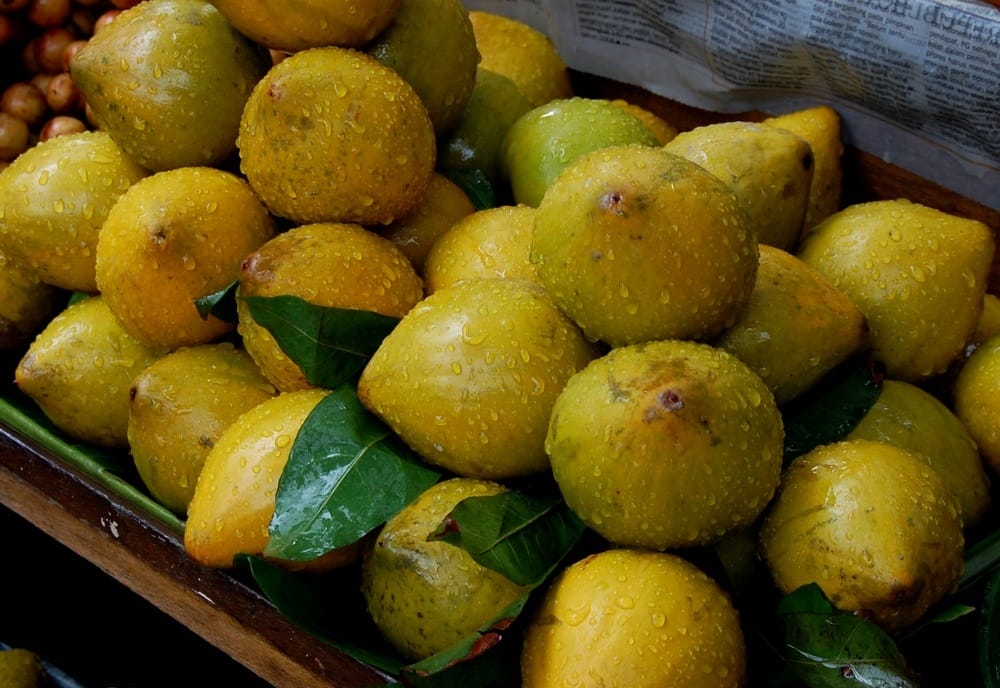
- Nutritional Value: Tiesa is rich in vitamins A and C, dietary fiber, and essential minerals like potassium and iron.
- Health Benefits: The antioxidants in tiesa support eye health, boost immunity, and aid in digestion.
- Energy Source: Its natural sugars make it an excellent source of quick energy.
- Skin Health: The high vitamin A content promotes healthy, glowing skin.
- Weight Management: Low in fat and high in fiber, tiesa can support weight management by promoting satiety.
- Bone Health: Minerals like calcium and phosphorus strengthen bones and teeth.
- Heart Health: Potassium in tiesa helps regulate blood pressure and support cardiovascular health.
Uses
- Culinary: Tiesa can be consumed fresh or used in various desserts, smoothies, and jams.
- Medicinal: In traditional medicine, tiesa has been used to treat digestive issues and skin conditions.
- Industrial: The seeds and bark contain compounds that are being explored for their potential in natural dyes and adhesives.
Economic Significance
Tiesa has significant economic potential in tropical regions. It is cultivated for local consumption and export, providing livelihoods for farmers.
The fruit’s growing popularity in health-conscious markets increases its demand and value.
Market
The global market for tropical fruits like tiesa is expanding due to rising awareness of their nutritional benefits.
Countries like the Philippines and Thailand are leading exporters, with opportunities for growth in North American and European markets.
Conservation and Challenges
While tiesa is a hardy tree, challenges such as deforestation, climate change, and limited agricultural knowledge threaten its cultivation.
Conservation efforts, including sustainable farming practices and community education, are essential to preserve this valuable species.
Interesting Facts About Tiesa
Here are some interesting facts about Tiesa:
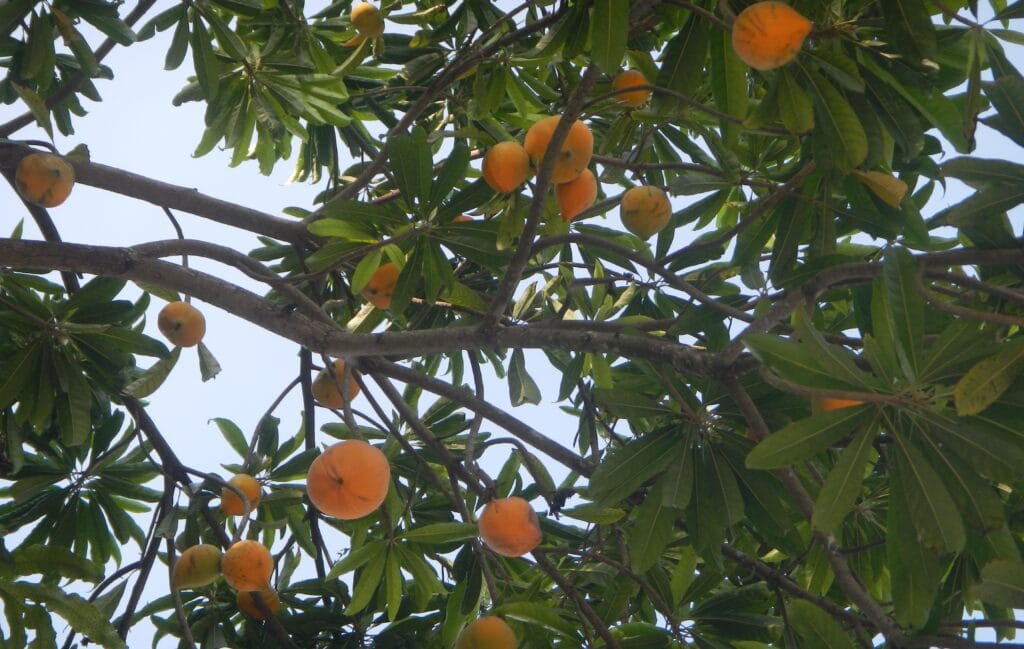
- Tiesa is often called the “tropical custard” because of its creamy texture.
- The fruit can be used as a natural thickener in recipes.
- Tiesa trees can produce fruit year-round under optimal conditions.
- The seeds of tiesa are sometimes used in traditional crafts.
- In some cultures, the fruit’s bright yellow color symbolizes prosperity and happiness.
- Tiesa is known to have over 50 varieties, each with slight variations in flavor and texture.
Culinary Uses Of Tiesa
Tiesa’s versatile flavor makes it a favorite ingredient in smoothies, custards, ice creams, and baked goods.
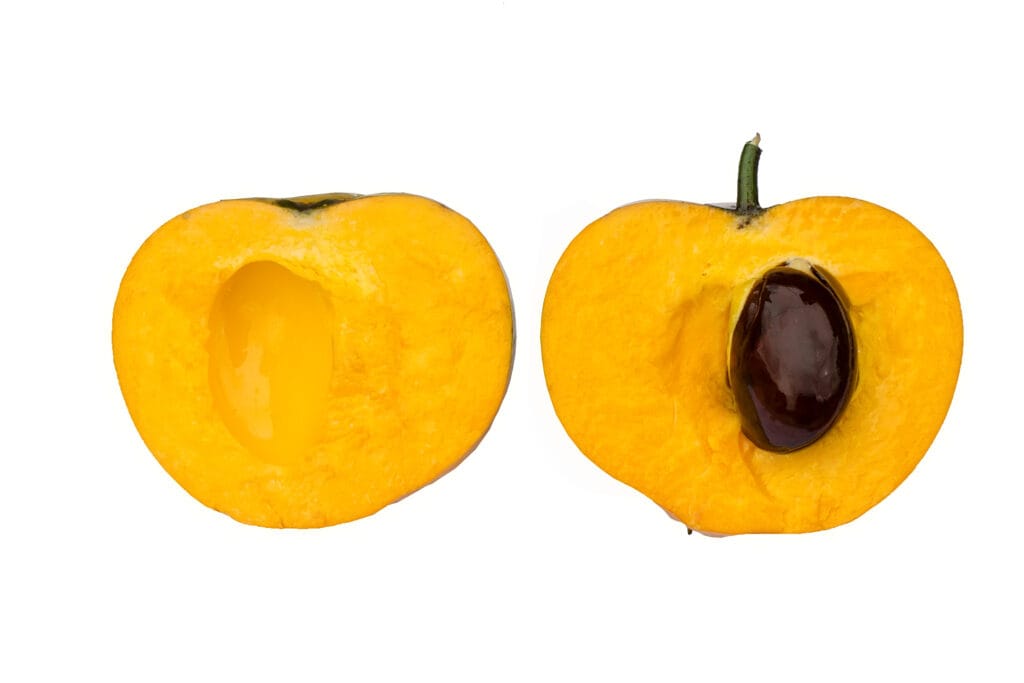
Its naturally sweet taste requires minimal added sugar, making it ideal for healthy recipes.
Traditional Dishes
In the Philippines, tiesa is often enjoyed fresh or blended into shakes. In Latin America, it is incorporated into flans and puddings. In Thailand, it is used to create creamy desserts or mixed into savory dishes for a hint of sweetness.
- Tiesa Shake (Philippines): A refreshing beverage made by blending ripe tiesa, milk, sugar, and ice for a creamy tropical drink.
- Tiesa Flan (Latin America): A rich, caramel-flavored dessert where tiesa puree is incorporated into the custard base.
- Tiesa Thai Pudding (Thailand): A silky dessert made with tiesa puree, coconut milk, and a touch of pandan flavor for an aromatic treat.
- Eggfruit Pie (Caribbean): A tropical twist on traditional pies, featuring tiesa puree as the main filling ingredient.
- Tiesa Jam (Global): A sweet spread made by cooking tiesa pulp with sugar and lemon juice, often used on toast or as a filling for pastries.
Nutritional Benefits
Tiesa is packed with nutrients that promote overall health, including:
- Vitamin A: Supports vision and skin health.
- Vitamin C: Boosts immune function.
- Fiber: Enhances digestive health.
- Potassium: Regulates blood pressure and supports muscle function.
- Iron: Contributes to the production of healthy red blood cells.
Caution
Although tiesa is generally safe to consume, excessive intake may cause digestive discomfort due to its high fiber content.
Additionally, the seeds and unripe fruit contain compounds that may be toxic if ingested. It is advisable to consume tiesa when fully ripe and in moderation.
Individuals with allergies to latex or tropical fruits should exercise caution, as tiesa belongs to the same family as some allergenic plants.
Consulting a healthcare professional before adding tiesa to your diet is recommended, especially for those with underlying health conditions.
Conclusion
Tiesa (Pouteria campechiana) is a remarkable fruit that combines nutritional, environmental, and economic benefits.
Its rich history, diverse uses, and adaptability make it an essential crop for tropical regions. As awareness grows, tiesa holds the potential to play a significant role in sustainable agriculture, global markets, and healthier diets.
However, it is crucial to address challenges such as conservation and sustainable farming practices to ensure the longevity and accessibility of this tropical treasure.
Embracing tiesa in our diets and agriculture not only celebrates its unique qualities but also contributes to a healthier and more sustainable future.
Also Read: Benefits Of Ipil Ipil (Leucaena leucocephala) History, Interesting Facts, Uses and Benefits
Well, what do you think about the article?
Did you enjoy reading “Benefits of Tiesa (Pouteria campechiana) An In-Depth Look at Its History, Benefits, Uses, Facts, and Safety“?
We really hope that you have found this article informative and engaging. If you have any thoughts or comments about this post, please feel free to share them in the comment section below. We appreciate your feedback and would be glad to hear from you.
To see more content like this check the gardening section of Money For My Beer.

